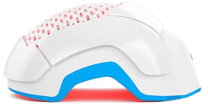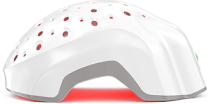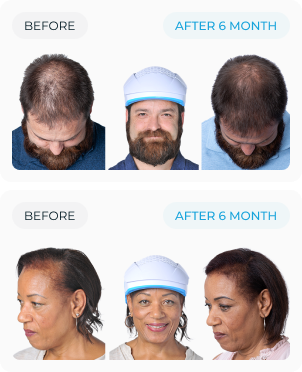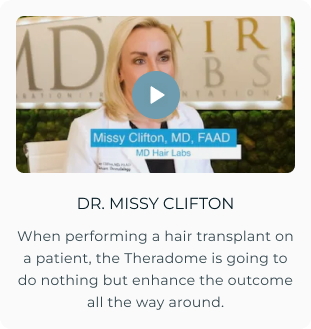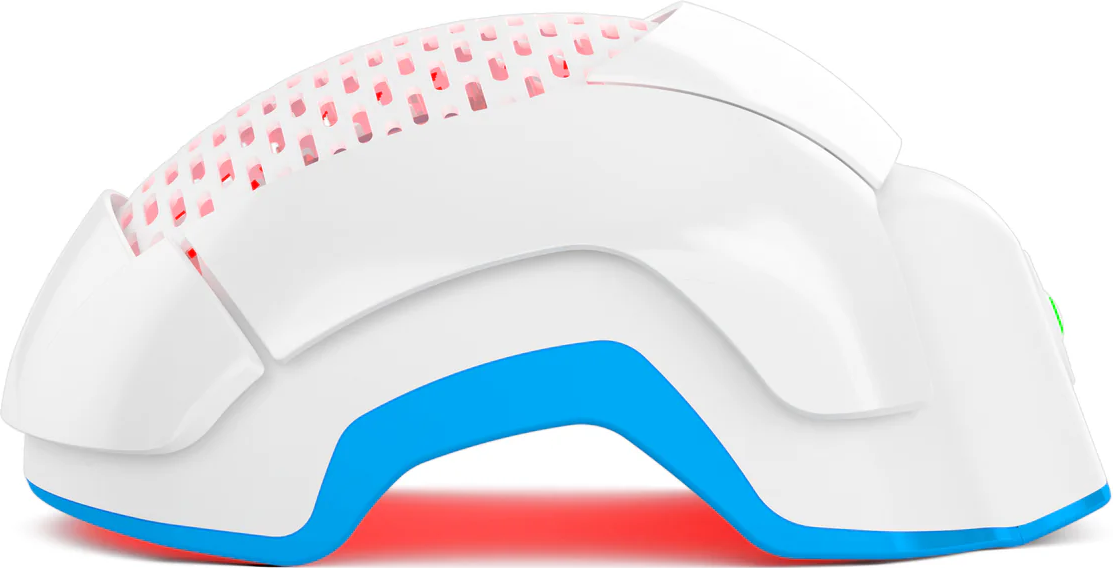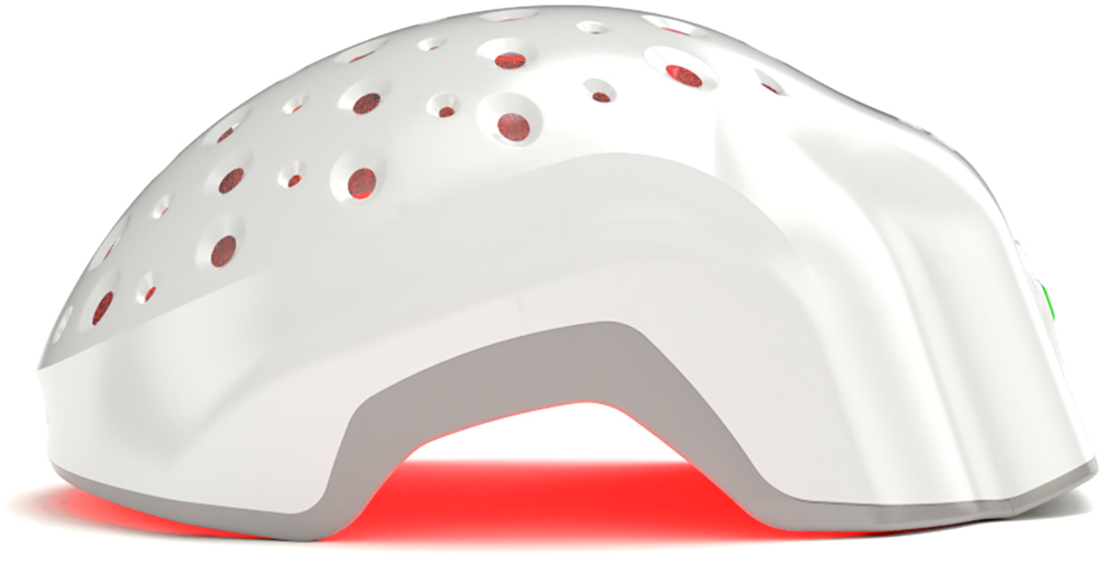Telogen Effluvium is one of the most common types of temporary hair loss, and for many, it hits out of nowhere. One day your hair seems fine, and the next it’s shedding like you just lost a bet with your shampoo. The panic is real. But so is the fix—because stopping telogen effluvium hair loss isn't a myth, mystery, or miracle. It’s about understanding what triggered the fallout and making the right moves to interrupt it.
Telogen effluvium is reversible. Yes, even if your bathroom floor drain looks like it’s auditioning for a wig commercial. Most cases resolve once your body rebounds from stress, illness, or nutritional deficiencies. But that won’t happen with wishful thinking or product roulette. It happens when you focus on what actually works—backed by biology, not blog comments.
And while there’s no overnight cure, there's a blueprint. People who say “here’s how I cured my telogen effluvium” often made changes that addressed the root cause, not just the symptoms. It’s not glamorous, but it’s effective—and much cheaper than denial.
This article shares five expert-backed tips that actually make a difference. You’ll learn what triggers to watch, how to treat your scalp like it matters, and which proven methods support regrowth without hype.
Understanding Telogen Effluvium
Telogen Effluvium (TE) is a type of temporary, non-scarring hair loss that causes hair follicles to prematurely shift into the telogen (resting) phase. This mass exit from the growth phase leads to excessive shedding—often noticeable a few months after a stressful event. Unlike androgenetic alopecia, which is gradual and progressive, TE tends to strike fast but can also resolve once the underlying cause is addressed. It doesn't permanently damage hair follicles, which means regrowth is possible—and expected—if conditions improve.
What Causes Telogen Effluvium?
TE is triggered by disruptions to the hair growth cycle, and stress is public enemy number one. We're talking psychological stress (like burnout or grief) and physical stress (childbirth, major surgery, or illness). Yes, even telogen effluvium after COVID-19 is very real and well-documented. Hair loss often begins two to three months after the event, which makes it harder for people to connect the dots.
But stress isn't the only trigger. Crash diets, nutrient deficiencies, medications (like antidepressants or beta-blockers), and hormonal shifts can all throw off the hair cycle. A dramatic drop in iron or protein, for example, can send your body into conservation mode—and your follicles get benched. Identifying the trigger is step one in managing the fallout.
Signs of Telogen Effluvium
- Sudden, diffuse hair thinning
- Excess hair on pillow, brush, or in the shower
- Shedding three months after a stressful event
- Normal scalp with no redness or scarring
- Hair loss that affects the whole head evenly
Can Telogen Effluvium Be Stopped?
Yes—but not with magic sprays or miracle gummies. TE can be managed and reversed by addressing the root cause, not just the symptom. That means stabilizing your internal health, treating your scalp with care, and giving your follicles what they need to return to the anagen (growth) phase. Consistency is key. The earlier you correct the imbalance, the sooner your telogen effluvium recovery time starts shrinking.
5 Expert Tips to Stop Telogen Effluvium Hair Loss
1. Identify and Remove the Trigger
If you're trying to figure out how to stop telogen effluvium hair loss, start by asking: what changed 8 to 12 weeks ago? Whether it was a diet overhaul, emotional trauma, surgery, or illness, you can’t fix what you don’t identify. Blood tests for ferritin, thyroid function, and B12 can be eye-opening. So can reviewing your medications and supplement routine with a professional. Once the trigger is gone, the follicles start recovering—no coaxing required.
2. Improve Your Diet and Nutrition
Hair isn’t a priority organ, so when your nutrition tanks, your hair pays first. So, you should focus on nutritional diet to get a healthy hair growth. A well-balanced telogen effluvium diet plan should include complete proteins, iron-rich foods, healthy fats, and micronutrients like zinc, and vitamin D. Nutritional gaps are one of the most overlooked causes of chronic TE. It’s not about eating more—it’s about eating smart. Hair is 95% keratin, and keratin comes from dietary amino acids.
3. Manage Stress Effectively
There’s no soft way to say it—telogen effluvium stress management isn’t optional. Chronic stress spikes cortisol, which interferes with hair follicle cycling. Meditation apps are great, but not if you're still skipping sleep, overworking, or skipping meals. Recovery demands that your body feel safe again. Cortisol drops, hormones rebalance, and follicles return to their regularly scheduled programming.
4. Use Gentle Hair Care Practices
No more brushing like you’re sanding wood. Switch to a wide-tooth comb, wash less frequently with mild shampoo, and skip heat styling. Tight hairstyles? Not helping. Harsh dyes or chemical treatments? Definitely not helping. Gentle handling won’t stop TE alone, but it prevents breakage on top of shedding—because nobody wants a two-for-one deal like that.
5. Try Hair Growth Treatments
Sometimes your follicles need a nudge. Minoxidil is FDA-approved and helps extend the anagen phase, especially in persistent TE. PRP (Platelet-Rich Plasma) therapy is another promising telogen effluvium treatment option, injecting growth factors into the scalp to wake up sleepy follicles. These aren’t quick fixes—but they can accelerate regrowth when used alongside root-cause correction. That said, results can vary significantly from person to person, depending on factors like overall health, the severity of the trigger, and how early treatment is started.
Now for the science-backed underdog: Laser Phototherapy (LPT) or Low-level Light Therapy (LLLT). Unlike invasive treatments or risky trends, LPT/LLLT uses low-level red light to stimulate blood flow, boost ATP production in follicle cells, and reduce inflammation.
Devices like Theradome, a clinically tested, FDA-cleared laser helmet, provide consistent scalp-wide coverage, making it a convenient at-home option. While it won't treat underlying deficiencies or hormonal imbalances, it supports recovery by helping follicles shift out of the resting phase more efficiently.
How Long Does Recovery of Telogen Effluvium Take?
Telogen effluvium recovery time varies, but most people see shedding stop within 3–6 months after addressing the cause. Regrowth follows a timeline: thin baby hairs in month 4–5, visible thickening by month 8, and a more restored density around month 12. The telogen effluvium regrowth timeline can feel painfully slow—but it’s consistent if the body is supported correctly. TE doesn’t destroy follicles, so regrowth is not a question of if, but when.
Conclusion
Telogen Effluvium may feel like your scalp’s betrayal, but it’s actually a reversible biological response. It’s common. It’s stressful. But it’s also temporary. With the right strategy—from identifying the trigger to supporting your scalp with science-backed treatments—you can go from panic mode to full recovery. And if you’re still deep in the fallout, just remember: the most powerful telogen effluvium success stories started with the exact same chaos you’re dealing with now.


